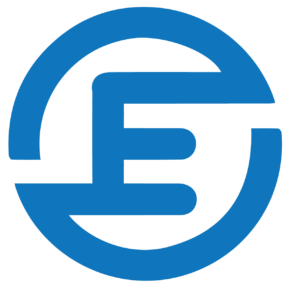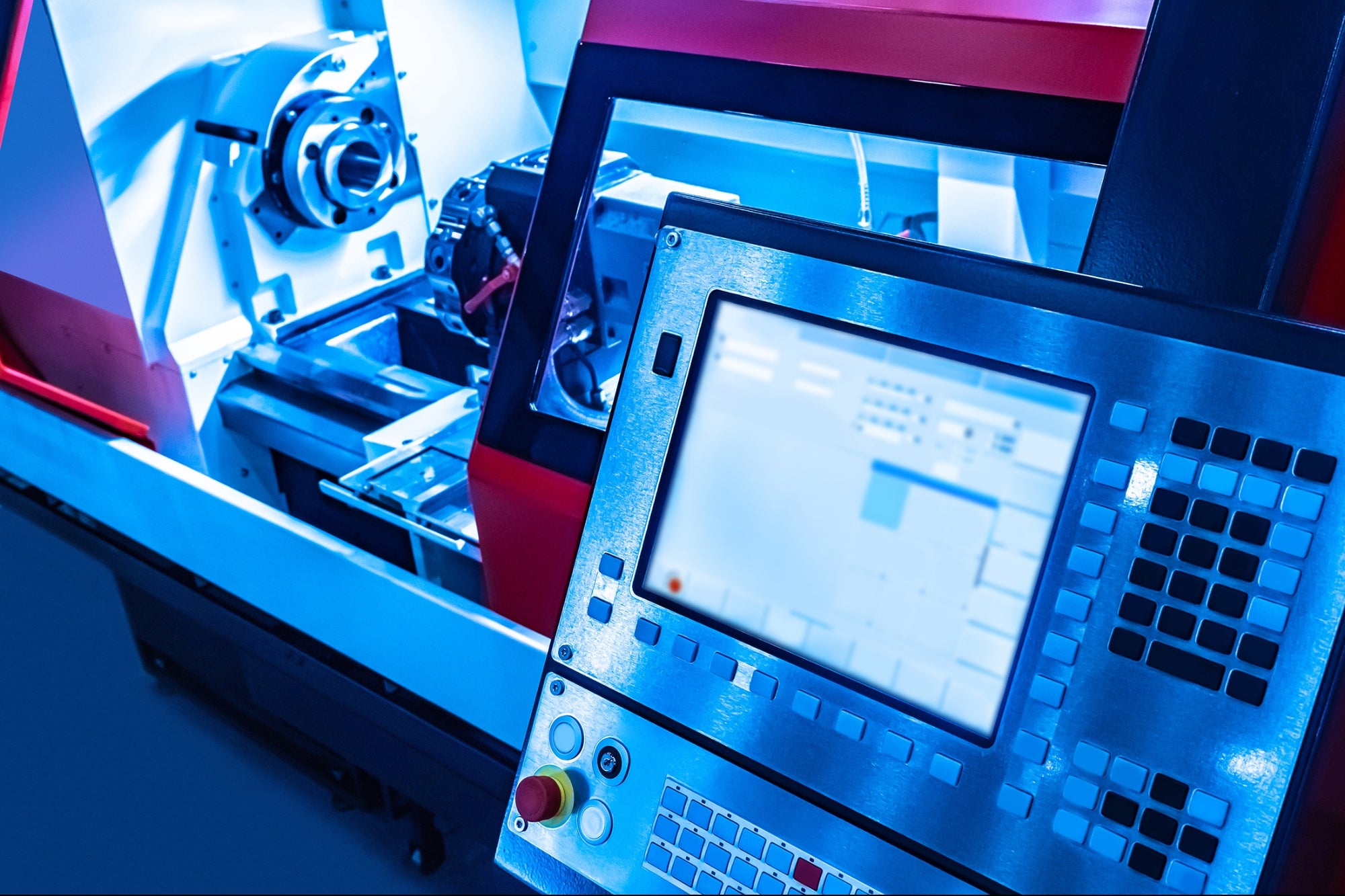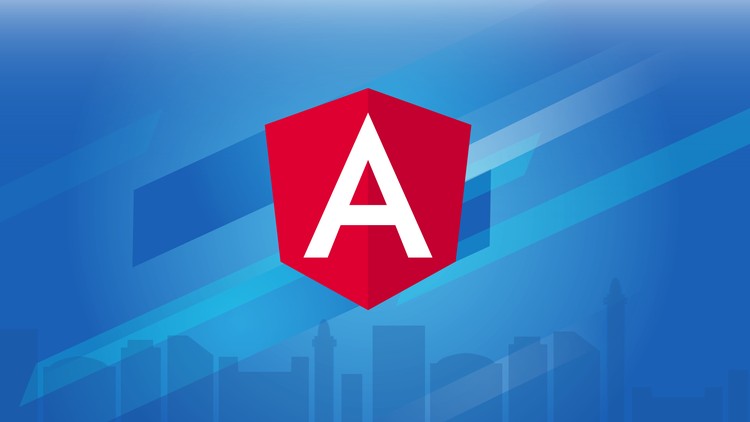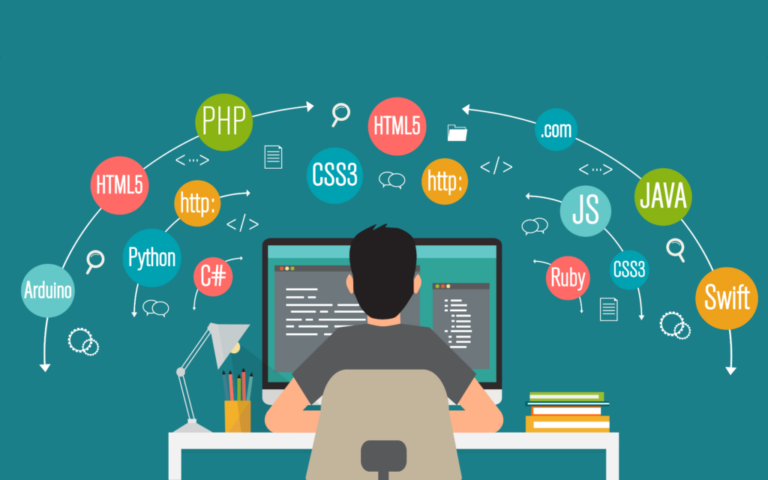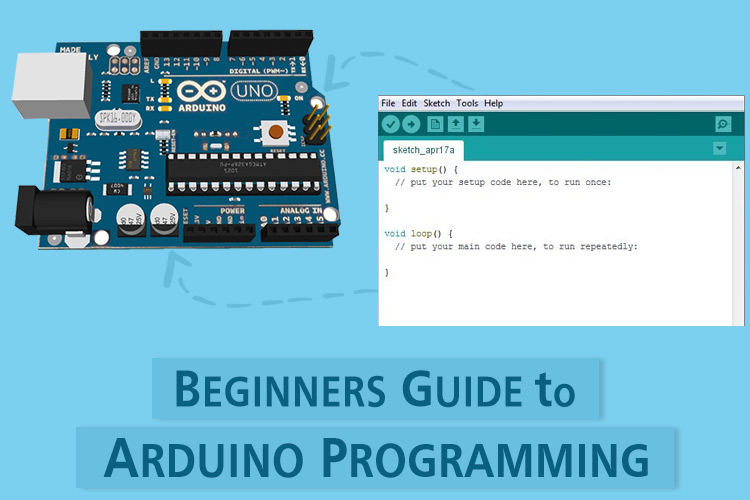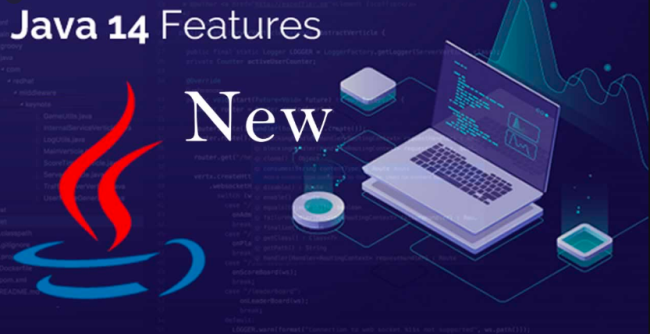What is cnc programming
Introduction
Computer Numerical Control (CNC) program is an important aspect of reliability and efficiency in the modern production industry. CNC machines may produce difficult parts and components with remarkable precision by utilizing computer software. The basis of CNC programming, its essential elements, and benefits for the manufacturing sector are explored in this article. Understanding CNC programming is crucial to comprehending the manufacturing industry’s future, regardless of your level of experience or level of inquiry.
Section 1: The Basics of CNC Programming
While CNC programming can appear technical at first, the fundamentals are based on straightforward yet effective ideas. To help you better comprehend the essence of this revolutionary technology, this part will explore basic concepts that underpin CNC programming.
1.1 Understanding CNC Machines:
CNC machines are automated devices able to precisely conduct a range of machining tasks. They are the foundation of CNC programming. They are used to shape raw materials into completed pieces by moving cutting tools along many different axes with the help of computer-controlled motors.
1.2 The Function of CAD/CAM Programs:
Software for electronic design and CAM, or computerized manufacturing, is essential to CNC programming. CAM software turns the exhaustive 2D or 3D models of the item that has to be manufactured into instructions that the machine understands. CAD software is used to build these models.
1.3 Language of the G-Code:
CNC machines could interact with each other using a language called G-code. It takes the form of a set of directives that specify the direction, tools, and tempo at which the machine should move. For CNC programmers to construct precise machining instructions, they must have a solid understanding of G-code.
1.4 Generation of Toolpaths:
The process of thinking out the best route for the cutting tool to take during machining is known as toolpath generation. This entails taking into everything including the part’s geometry, the kind of cutting tool being used, and the required degree of surface polish. Based on these variables, toolpaths are developed using CAM software.
1.5 Verification and Simulation:
Programmers sometimes utilize simulation software for observing the machining process before initiating a CNC program on a real machine. This lowers the possibility of expensive errors as it allows them to find and remedy any defects in the program before it is activated.
1.6 Safety Points:
Protecting safety when using CNC machinery is critical. Operators have to keep to all safety protocols and rules in addition to receiving training on how to operate the tools properly. To help the equipment run carefully with efficiency, proper maintenance is also necessary.
Section 2: Crucial Elements of CNC Routing
A number of critical components go into CNC programming, all of which contribute to the smooth running of CNC machinery. These parts will be carefully discussed in this section, which will also highlight their significance and the ways in which they aid the CNC programming process within it.
2.1 Software for CAD/CAM:
Design creation and conversion into machine-readable instructions require CAD/CAM software. Programmers can use CAD software to produce intricate 2D or 3D models of the part that has to be manufactured. CAM software then uses these models to construct a CNC program.
2.2 G-code:
The language used to interact with CNC cutters is called G-code. It is made up of an array of alphanumeric codes that correspond to distinct commands, including directing and speed-adjusting the cutting tool or move the machine to a particular spot. CAM software utilises the design created in CAD software for creating G-code.
2.3 Generation of Toolpaths:
The process of determining out the best course for the cutting tool to take during machining is known as toolpath generation. This requires taking into account elements including the part’s geometry, the variety of cutting tool being used, and the required level of surface polish. Based on these variables, toolpaths are generated using CAM software.
2.4 Verification and Simulation:
Programmers sometimes harness simulation software to see the machining process before executing a CNC program on a real machine. This lowers the potential of expensive errors by allowing them to find and fix any errors in the program before it is running.
2.5 After Processing:
To optimize the CNC program for a particular machine, post-processing may be done after it has been created. Post-processing is adjusting the program to take note of parameters unique to the machine, like roles, tool changes, and tooling.
2.6 Configuring and Using the Machine:
After the CNC software is ready, the machine have to be adjusted and ready to go. This include assembling the workpiece, making sure all safety measures are followed, and inserting the program into the machine’s control unit. Whenever everything is set up, the machining process can start by flipping on the machine.
Section 3: CNC Programming’s Advantages
Industries can profit greatly from CNC programming, which is transforming the way components and bits are developed. Some of the main benefits of CNC programming will be discussed in this part, especially with how they help raise manufacturing productivity and efficiency.
3.1 Accuracy and Precision:
The ability for high levels of exactness and precision in machining tasks is one of the main benefits of CNC programming. CNC machines assure that every part produced satisfies the required standards via intricate cuts and shapes with consistency in quality.
3.2 Productivity and Efficiency:
Manufacturers can fabricate items more quickly and effectively than with standard manual processes for machining due to CNC programming. Operators can concentrate on other duties because a CNC machine can operate freely after its programming is configured. Lower production costs and higher productivity being the consequence of this.
3.3 Adaptability:
Although CNC programming is so flexible, manufacturers can rapidly reprogram machines to make different parts. Because of this, CNC machines are great for custom or small-batch manufacturing, where the capacity of rapidly changing production runs is vital.
3.4 Uniformity and Transferability:
Consistent quality is maintained across production runs due to CNC programming, which means that every part produced is identical to the next. This degree of repeatability is essential for companies that need exact and uniform products but is impossible to accomplish using manual machining processes.
3.5 Security:
Several safety measures that help shield operators from potential risks are integrated into CNC machines. Safety interlocks, protective barriers, and emergency stop buttons are a few of these features. Furthermore, the use of safety rules to aid in preventing mishaps during milling operations is made easy by CNC programming.
3.6 Economy of Scale:
Long-term cost savings could outweigh the initial expenditures of purchasing CNC software and tools, even if this investment can be substantial at early. Over time, cost savings are achieved by CNC programming’s reduction of needed for human labor, reduction of errors and rework, and overall efficiency benefits.
Conclusion:
In conclusion, by giving a new degree of accuracy, effectiveness, and flexibility, CNC programming has transformed the manufacturing sector. Manufacturers may make parts of remarkable accuracy and consistency by utilizing advanced CAD/CAM software, G-code programming, and sophisticated methods of machining. Modern manufacturing leans heavily on CNC programming due to its many advantages, which include safety, cost effectiveness, and improved efficiency. CNC programming is expected to have greater influence on production in the future as technology develops, spurring innovation and lifting the bar for both output and quality.
Let’s level up our Programming skills together, follow elgarnaoui.com ! 
